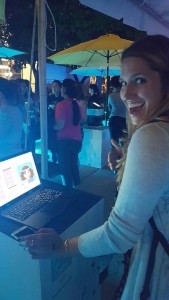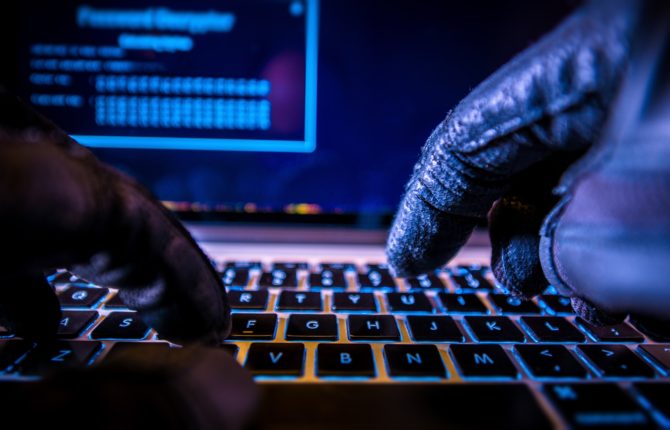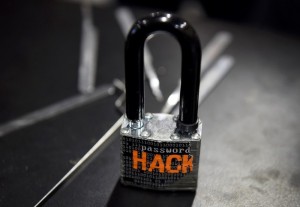Continuing our events during Big Data Month came the second installment in our Big Data Innovator Spotlight series. Jason Molfetas, the CIO of Amtrak, came to talk shop with Seidenberg on Wednesday, November 16th, 2016.
Jason earned his BS in Computer Science in 1987 at Pace University’s Pleasantville campus. He spoke about going on some of our international trips – something we still do several times a year when we send students to places like Finland and Austria!
After 28 years in industry gaining expertise in marketing, sales, and technology, Jason was pleased to return to the Seidenberg School to share his wisdom, particularly when it comes to leadership and adding value to your position.
Dean Jonathan Hill kicked off the session by gesturing to the many students present and asking Jason how he got from that chair (the ones the students were sitting in) to this one (the one in front of the audience).

“It starts where you are right now,” Jason replied. “You have to remember that, like many things you’re doing, the reason you chose to come to Pace wasn’t just on a whim. You probably did a lot of analysis; you did research – that’s what we do in the work world.”
He spoke about his time at Pace and the benefits he gained from it. “Pace was phenomenal for getting me an internship where I could get the skills I needed to go out and get work in the real world.”
Another of Jason’s key points was about gaining experience and developing your skills. For first jobs, he recommended going for positions that offered great experience rather than focusing on great pay. “It’s not about the pay – for now, the future, it’s not about a financial income but for the experience.”
Dean Jonathan Hill asked: “What do students need to do to be mentally and technically prepared to get their first job?”
“You need to put down a plan,” Jason said. “What is it you desire? In the beginning, we don’t want to fail, and when you’re new in the work world . . . failure is part of it, but a big part of what we learn from it is integrity and honesty. When you fail, there’s a way to turn it into a success. You learn things, and what you learn is enormously valuable – so it can be a win.”
Jason then went on to explain his leadership style – “it’s still developing; it never stops” – and shared his 8 steps for success. Here they are!
Jason Molfeta’s 8 Steps for Success
- Set a vision and a culture
Customers come first. Aim to exceed their expectations. Think results – proactively deliver rather than asking what your boss wants; show that you have identified what is important by telling them what you want to do then ask if anything is missing.
- Add value
Sitting at the table is nice, but if you’re not going to say anything to add value why are you there? Do your homework before going to meetings to ensure you have something to contribute.
- Vision, strategy, execution, and metrics
You need to be organized in order to deliver and track results.
- Deliver measured results
Metrics help to prove that you are doing your job, whether for operational excellent, revenue management, or improving customer experience.
- Drive the digital agenda
Big data is going to be huge in the future and understanding how it works and what you can do with it is key.
- Deliver autonomous analytics to your mobile customers
Using cognitive analytics can solve problems before your customer even knows there are any. For example, with Amtrak, if it looks like a reservation is going to be cancelled, the process to book a new one on the customer’s behalf is all automated. The first indicator the customer receives about the issue is their updated booking.
- You must create innovative products with simplicity
Steve Jobs and some friends went to a farm and saw a calf being born. They were amazed by how the calf pushed itself up and stepped to its mother for its first drink of milk. Humans teach their kids, but the calf did it all intuitively. Steve Jobs he said he wanted to create products that were intuitive, and nobody has to be trained to use an iPhone.
- Talent working together
Michael Schumacher won the F1 championship many times. He said it was won not by him, but how he had the best car, the best tech, and the best team. His team worked seamlessly together to ensure his success.
What an amazing list! Seidenberg students – and Pace students as a whole – would do well to keep this one for future reference!
Jason’s final takeaway was about the path to being CEO. “The future CEO comes from an IT path,” he said. “You have to be ready for it; you have to want it.”
So for all our students who are aiming high – you’re on the right track!
A massive thank you to Jason Molfetas for sharing his incredible wisdom and to Deth Sao for organizing the event! Next up is Mike Adler from KPMG to close out the Big Data Innovator Spotlight series!
Read about the first event in the Big Data series, with guest speaker David Kelly.


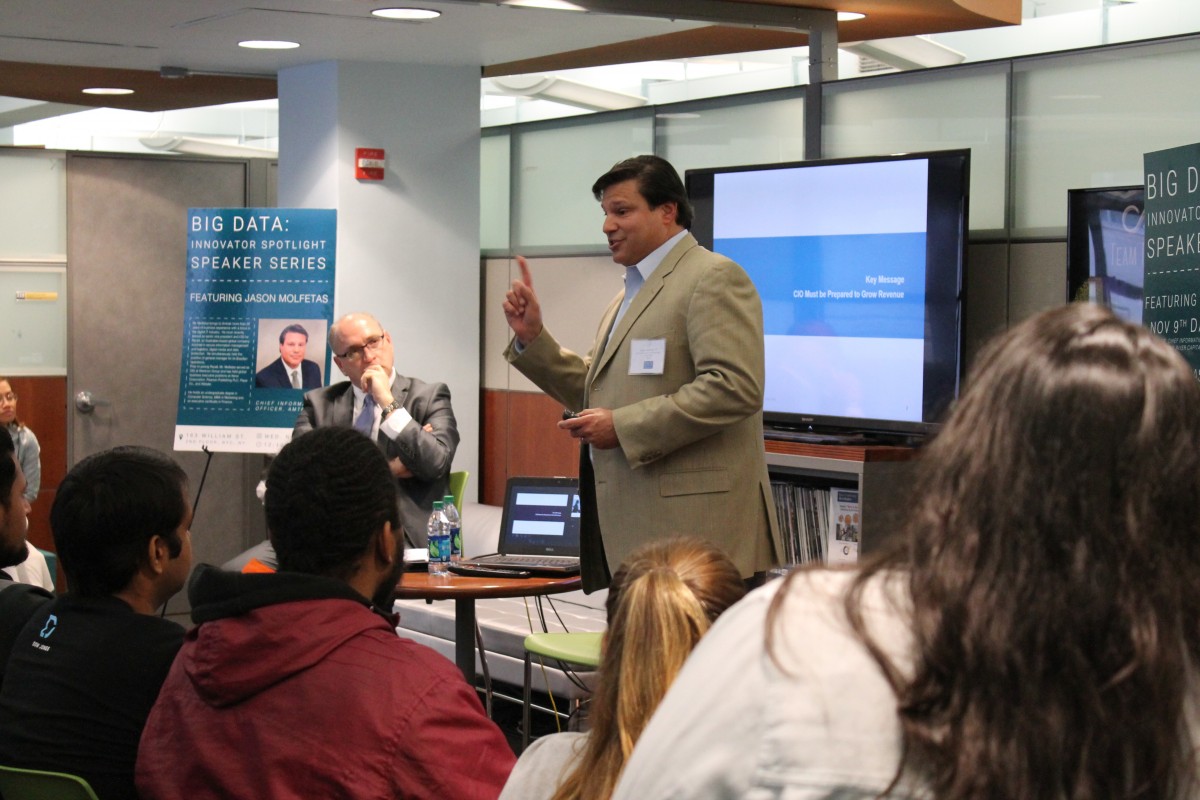

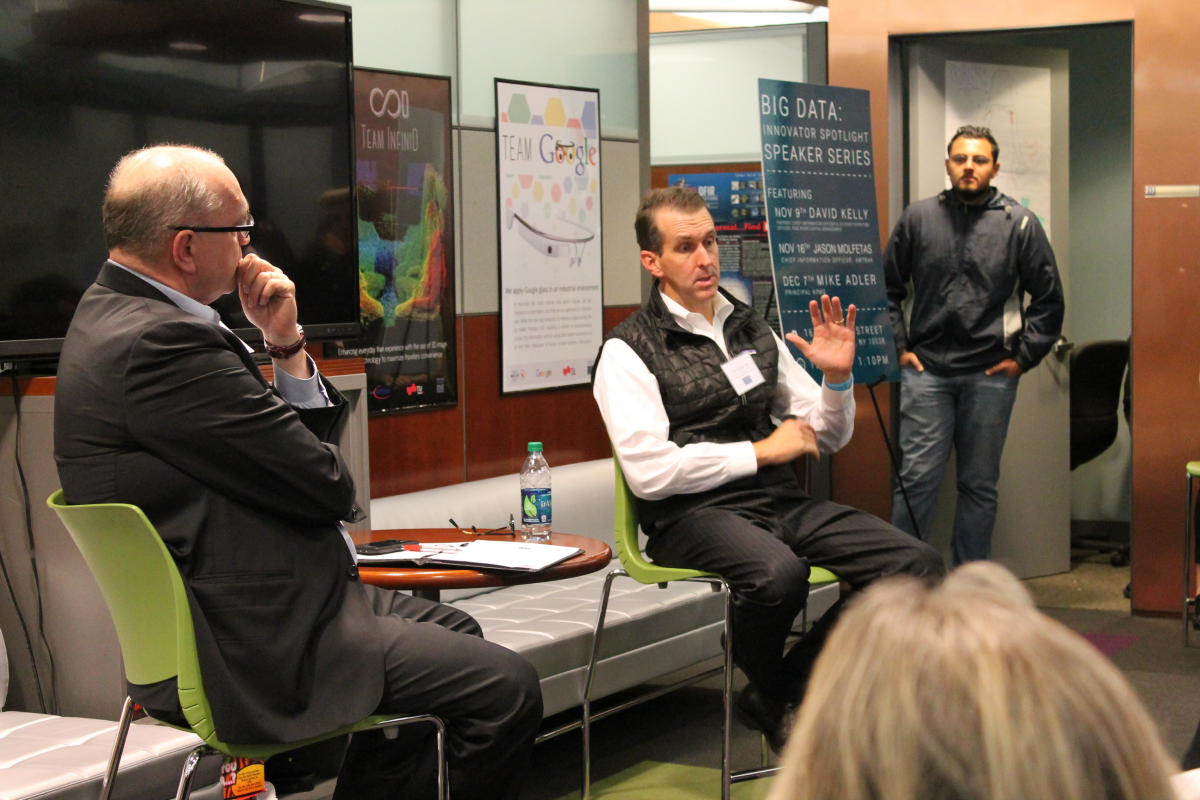
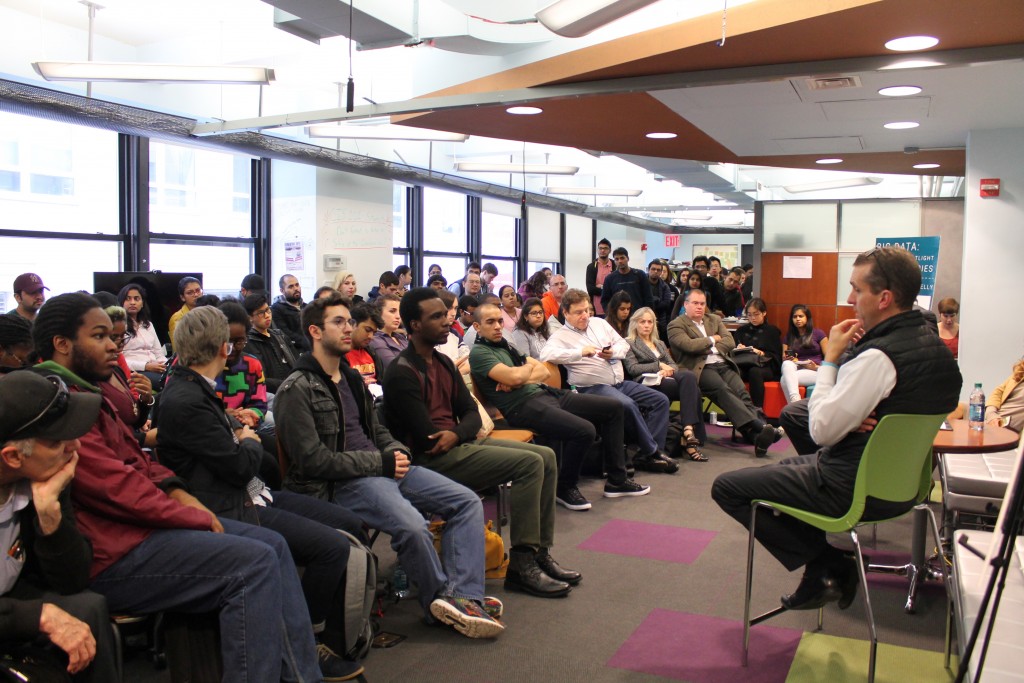
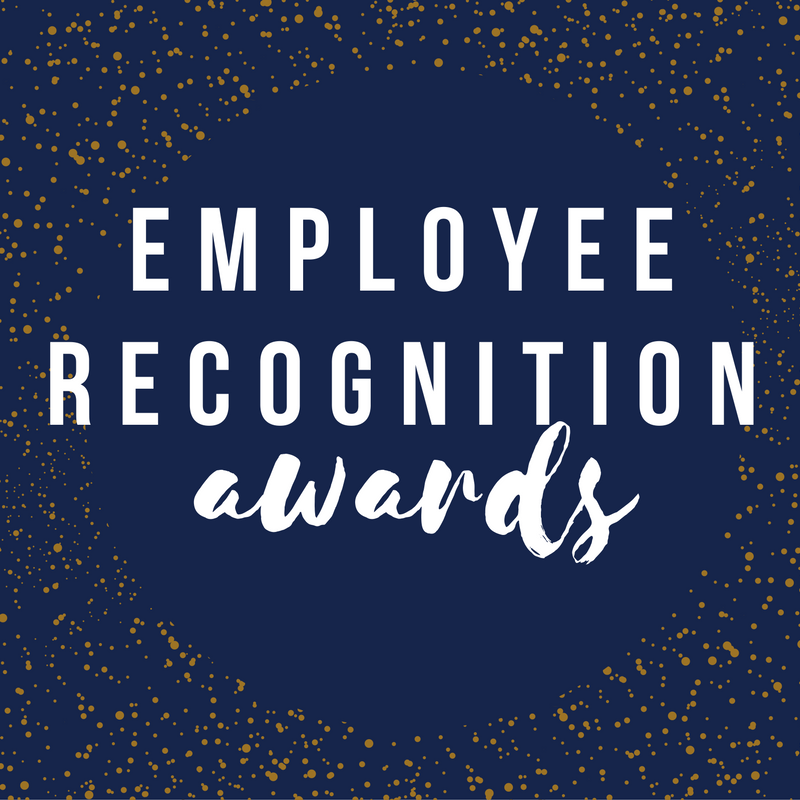
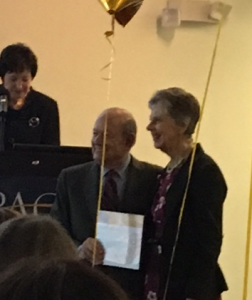
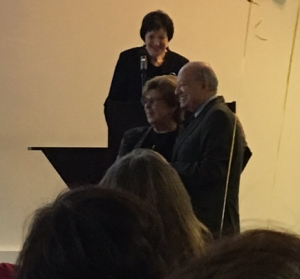
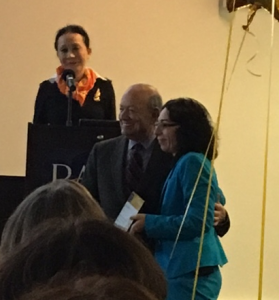
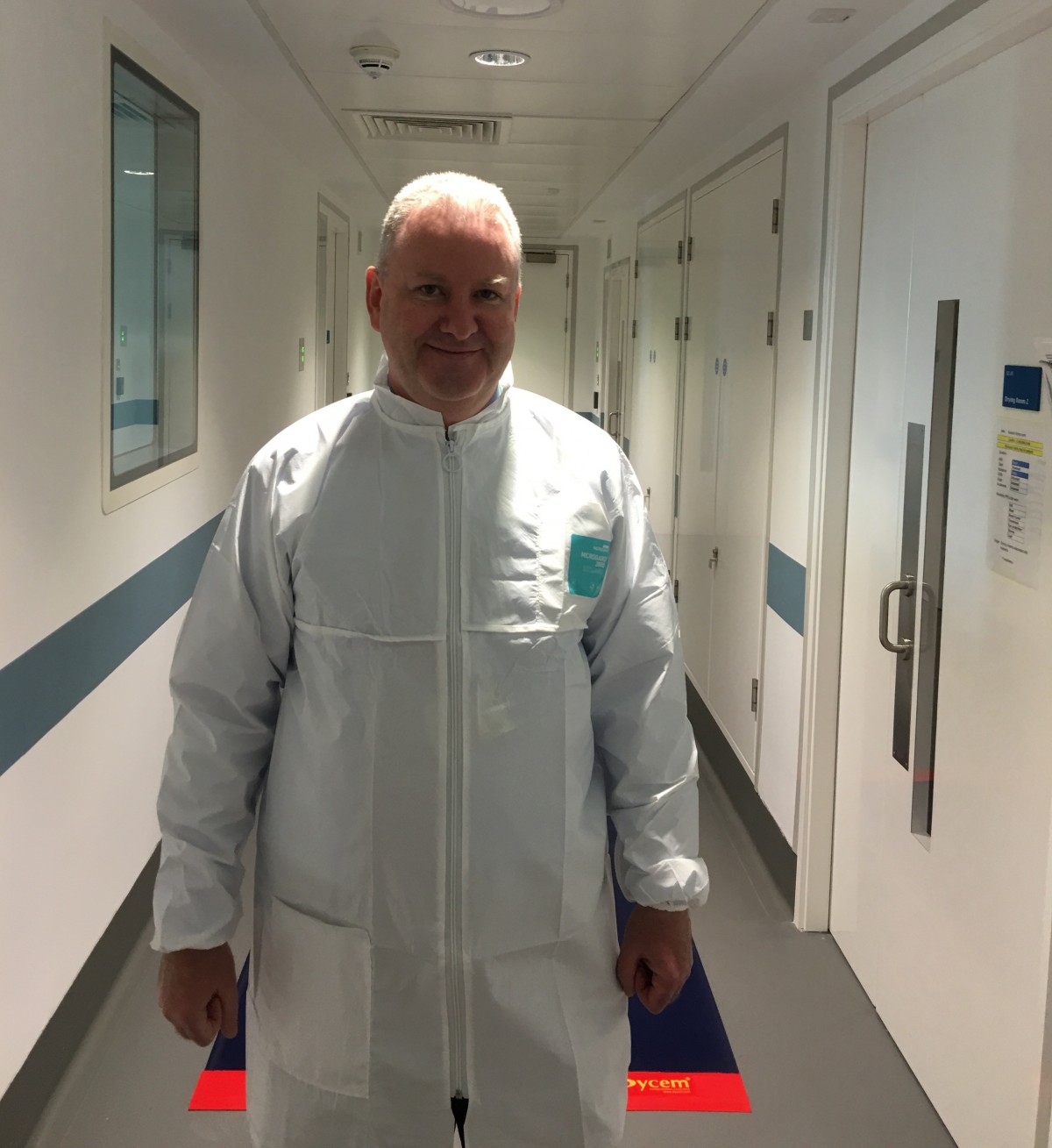
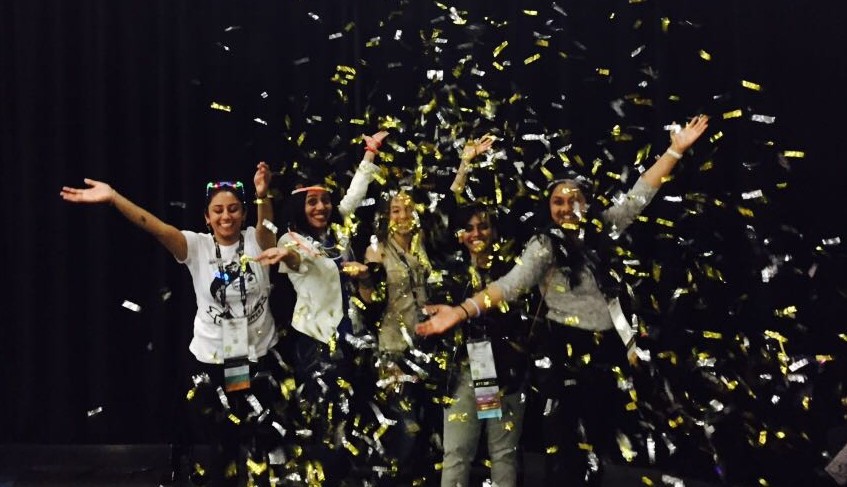
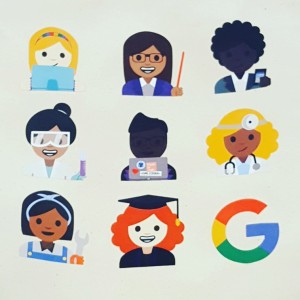

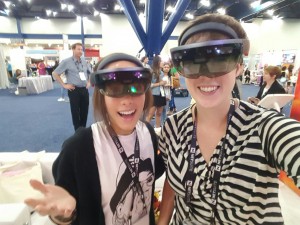
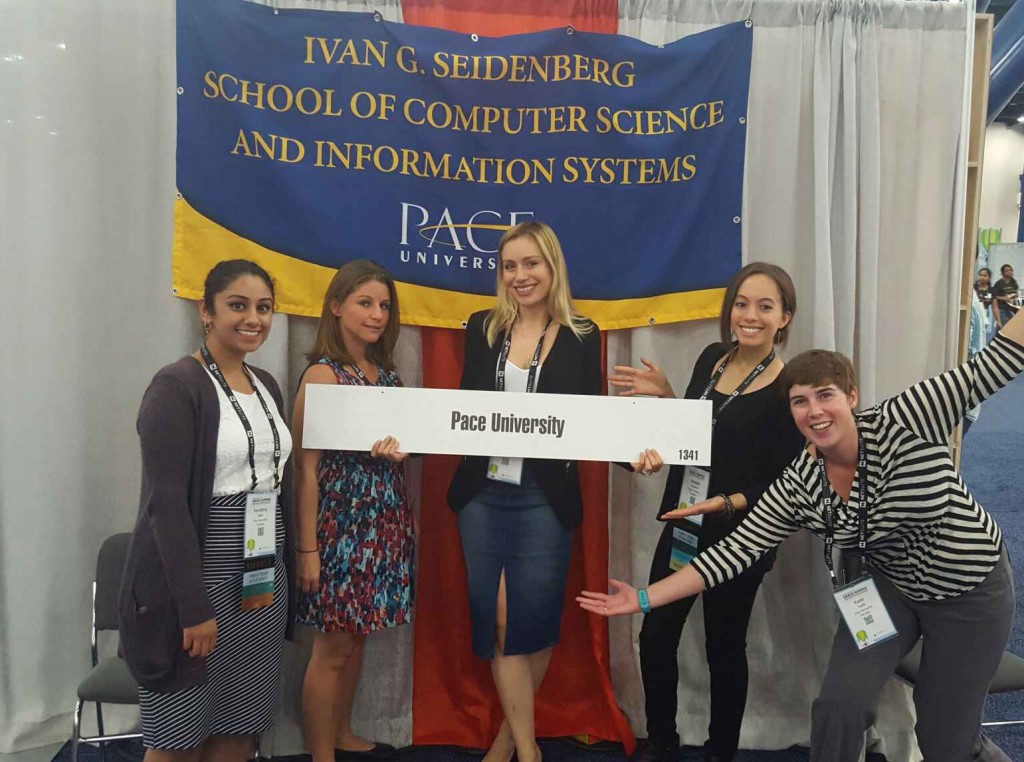
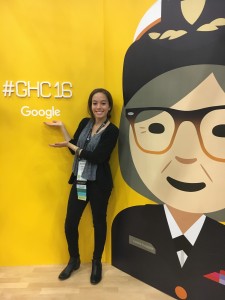
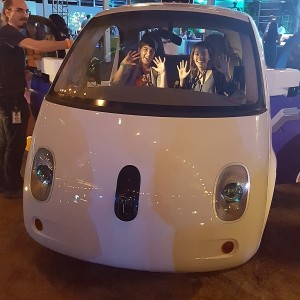
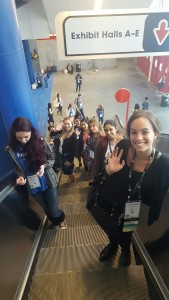 The conference came to a close too soon and we were sad to leave the warm, humid temperatures of Houston to return to the tepid airs of New York… but it was an incredible experience.
The conference came to a close too soon and we were sad to leave the warm, humid temperatures of Houston to return to the tepid airs of New York… but it was an incredible experience.